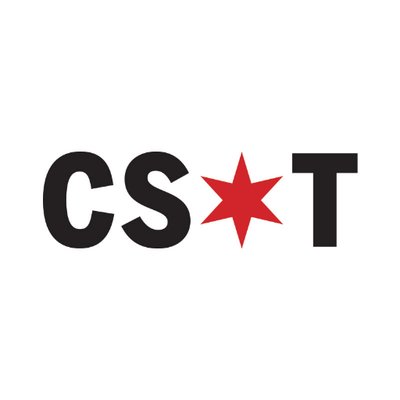



Desperate times call for desperate ... winning streaks.
The White Sox were 12 games below .500 entering their Fourth of July game against the Blue Jays Tuesday, just another day closer to the Aug. 1 trade deadline.
“Buyers or sellers?” is the question of the hour for a team trying to say it’s still in a division race after coming off losing a series to the 23-63 Oakland Athletics. The only reason uncertainty about what to do at the deadline exists is because of the poor division the White Sox inhabit.
General manager Rick Hahn knows only a winning streak can make his and vice president Ken Williams’ and chairman Jerry Reinsdforf’s decision difficult. Without one, selling becomes a no-brainer.
“I’m not going to put a marker in the sand and say, ‘We need to rattle off 10 out of 14 or we’re doing this,’ ’’ Hahn said. “At the same time, we can see the calendar, we can see the games back. You want to have a reason to believe that this thing’s going to get right between now and Aug. 1.
“Obviously we’ve got big decisions to make by Aug. 1.”
Hahn said players, manager Pedro Grifol and the coaching staff have assured him their priority “is getting things right here and figuring out a way for us to win the division and then do some damage in the postseason.”
“But we obviously have a fair amount of work to do still ahead of us.”
Lucas Giolito, who started the series opener against the Blue Jays, said over the weekend he wants to finish the season with the Sox and try to win the division with the current group. Giolito, the Sox’ best starter, is eligible for free agency after the season, which makes him a trade chip, and a valuable one at that.
The front office will have the task of knowing when to pull the trigger on trade offers for any other veterans such as relievers Kendall Graveman and Joe Kelly and starter Lance Lynn. Trade markets can be fluid as the deadline, and what returns the Sox would get could tilt the buy/sell plan.
“Absolutely,” Hahn said. “In the end, we’re going to make a decision about what is best for the long-term health of the organization, with obviously the priority being placed on the here and now, because this is the only year we can control. Ultimately, if you’re overwhelmed by a potential return, that may tilt your balance more toward the future than the present. If you don’t play at a certain level, that may tilt your focus more toward the future than the present.”
